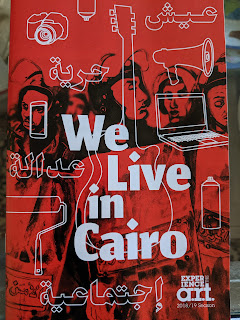Dalits – Hindu or Muslim – are non-existent in Bihar Media: Study
A survey by media researchers has revealed that Dalit Hindus are only 1% in Bihari media. But senior journalists and editors are all upper caste Hindus.
Study conducted by Pramod Ranjan and published in a book, ‘Partnership in Media’- a study of Media in Bihar, looked at the caste affiliation of all journalists who occupy positions of influence in their respective organizations. Caste background of editors, news editors, bureau chiefs, senior journalists of Bihari media and media organizations with a presence in Bihar was documented for this study. They looked at journalists working in Hindi and English print publications and Hindi and English electronic media, a total of 78 journalsits working in 42 media organizations based in Patna. They found that almost all journalists with editorial influence in Hindi and English newspapers and electronic media are upper caste Hindu males.
Upper caste Hindus | OBCs | Ashraf Muslims | Dalit Muslims | Dalit Hindus | |
Hindi Print | 87% | 9% | 1% | 0% | 3% |
English Print | 75% | 19% | 4% | 0% | 0% |
Urdu Print | 8% | 66% | 26% | 0% | |
Electronic | 90% | 7% | 3% | 0% | 0% |
Total | 73% | 10% | 12% | 4% | 1% |
When Urdu newspapers were included and all journalists were considered i.e. 230 journalists in 47 media organizations, situation was only a bit better.
For all combined, upper caste Hindus are 73% in these 47 organizations. OBCs occupy 10%, Ashraf Muslims are 12% and Dalit or Pasmanda Muslims are 4%. Dalit Hindus are only 1% of the total jobs and that too all of them are in Hindi print journalism.
Dalit Musilms’ high number is because of their higher representation in Urdu newspapers. Three of the five Urdu newspapers published from Patna- Sangam, Pindar, and Farooqi Tanzeem are owned by Dalit Musilms and this gives the skewed figures for them otherwise they are not in Hindi, English, and electronic Media.
Ashraf Muslims are 1% in Hindi, 4% in English and 3% in electronic media. Muslim women are nowhere to be found in any media organization. Even Urdu newspapers have not given them position of influence.
Talking to TwoCircles.net, Pramod Ranjan, author of the study said that Dalits and OBCs exist in media structure but at a lower level and even there it is not proportional to their share in the population. He said that these marginalized people exist overwhelmingly in labour jobs e.g. machine operators, computer operators, news hawkers, etc.
Though a majority of Urdu newspapers are owned by Dalit and they seem to have more editorial control but still Ranjan laments that their coverage of issues is not much different than Qaumi Tanzeem and Roznama Rashtriya Sahara- the other two Urdu dailies.
Another interesting data is that there are 19% OBCs in English print but only 9% in Hindi print publications. Electronic media and English print is also better for women where they are 7% and 10% of total jobs, respectively.
The survey was conducted in June 2009 and looked at only those journalists who are directly associated with main news department. Journalisst doing sports, features etc. were not included in this survey. For bigger publications only 20 journalists starting from top most positions were included in this survey and all journalists from smaller publications.
Published: TwoCircles.net , 31 Aug 2009

Comments